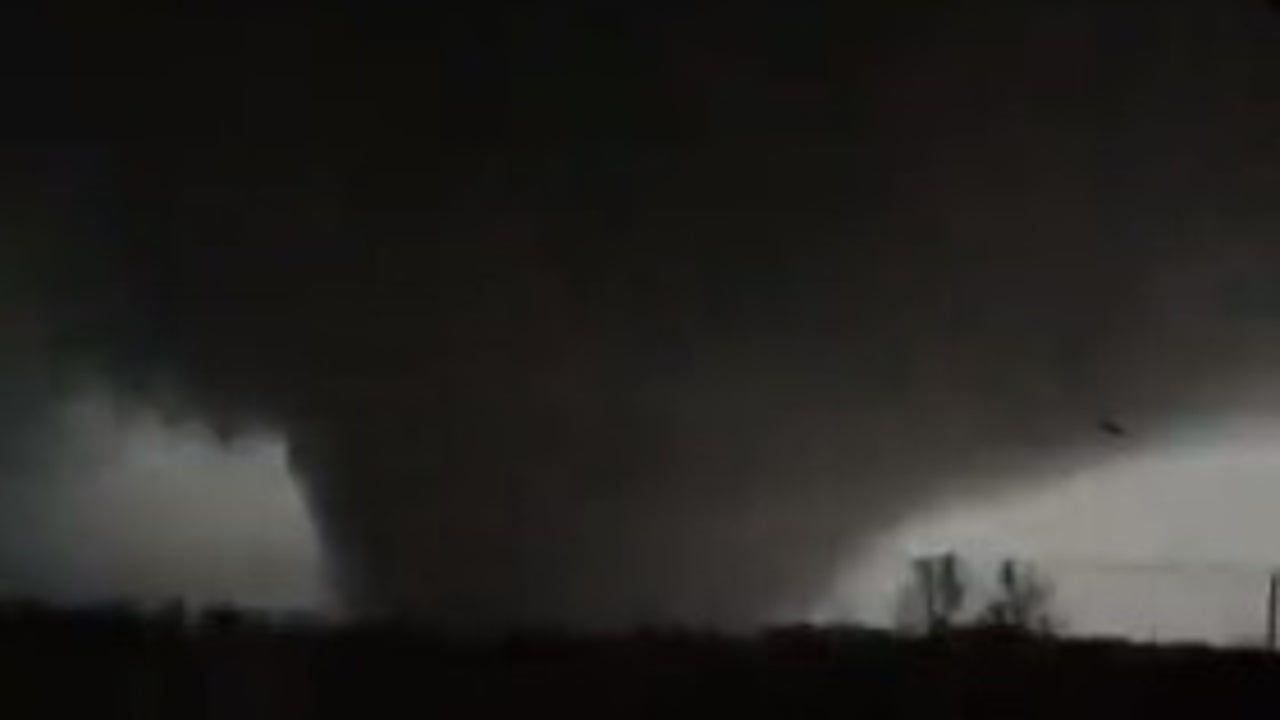ewoodrick
Well-Known Member
And a reason why you should increase your charge well before a storm gets here and not 5 minutes before. After all, you've got to give the device some time to charge.Whenever my power goes out, the internet often goes down, probably because Comcast doesn't have backup power for the neighborhood switching equipment. So even though I can run my cable modem and router off of the generator, the cable modem often has nothing to connect to.
But I think that the point was that you need to make sure that the Powerwall has Internet connectivity. If it doesn't, it doesn't get the notification to charge up.
And because knows one knows when there will be a power outage, you will indeed encounter a number of "I didn't need to do that" scenarios. But that comes back to the adage.
Better Safe than Sorry.
Expect the Tesla notification to not get through, double check and enable it when you feel the possible need.
"Whoops the power went out" is too late.




